No Flowers On Pansy Plants: Help, My Pansies Aren’t Blooming
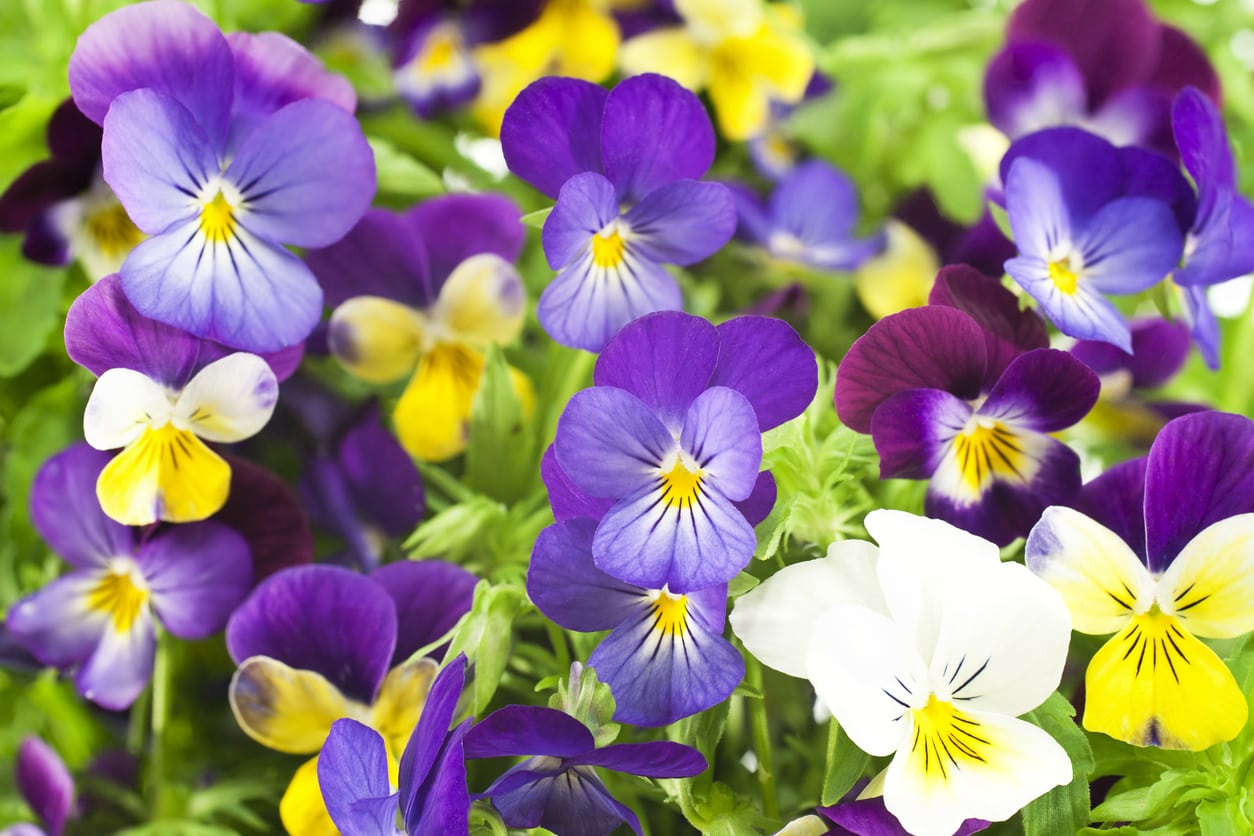
Pansies are perennial favorites for many gardeners due to their prolific and lengthy bloom time and the myriad of cheerful colors available. Easy to grow, pansies are a terrific option for the novice gardener. Even so, gardeners may find that their pansies aren’t blooming. What causes no flowers on pansy plants? Read on to find out about pansies that won’t bloom and what to do when pansies are not flowering.
Help, My Pansies Aren’t Blooming!
The first thing to consider about pansies that won’t bloom is temperature. Pansies are cool weather plants that take a season to mature prior to blooming and setting seed. This means that in the northern region pansies should be planted in the fall; in warmer areas plant seedlings in the winter. Pansies stop or slow their blooming when the weather gets hot. The heat is a signal to the plant that it is time to start a new generation, so it goes into overdrive to produce seeds instead of blossoms. If the pansies are planted at the wrong time for your zone, a likely reason for the pansies not flowering is because it is either too cold or too hot for them. This is no reason to panic, however, as these little beauties are quite resilient. They may not bloom when you want them to, but they will likely produce abundantly when the weather warms or cools as needed. Another reason for no flowers on pansies is the size of their root system. Many people buy a flat of small plugs for some quick color which, of course, have little root systems. If the plants are planted when the weather is still quite cool, they may just need a little time to grow better roots before blooming.
What to do for No Flowers on Pansy
Sometimes, you can help the pansies along by providing them with a bit of fertilizer. Fertilize them every two to three weeks with a bit of liquid fertilizer to encourage root and plant growth. Phosphorus fertilizer, like bone meal, will also help promote flowering. Also, to encourage blooming, don’t be afraid to deadhead what little blooms you may have or even prune leggy parts of the plants. You may prune up to one-third of the plant to stimulate new blooms and growth. A successful flowering depends on successful planting, so be sure to plant the pansies in a well-tilled bed that is amended with compost or well-rotted manure. This will nourish the plants, but they will benefit from an extra bit of fertilizer in the form of a 5-10-5 fertilizer once in the fall and then again in the spring. To get the longest bloom time out of your pansies, plant them in an area of the garden that is out of full sun during the hottest part of the day, from noon to three p.m. Lastly, if your pansies are lacking in blooms, it might just be the end of their life cycle. Since pansies are annuals or biennials in most regions, after only one or two cycles of blooming, they’re ready to go to that big garden in the sky, or the compost pile.
Gardening tips, videos, info and more delivered right to your inbox!
Sign up for the Gardening Know How newsletter today and receive a free copy of our e-book "How to Grow Delicious Tomatoes".

Amy Grant has been gardening for 30 years and writing for 15. A professional chef and caterer, Amy's area of expertise is culinary gardening.
-
 Try The Trend – Turn Any Bed Into A Keyhole Garden With This Clever In-Ground Composter
Try The Trend – Turn Any Bed Into A Keyhole Garden With This Clever In-Ground ComposterKeyhole gardening is an efficient and sustainable practice that saves space. Get started on this DIY project quickly and easily with an in-ground composter.
By Bonnie L. Grant
-
 4 Superfast Composting Methods: Turn Waste Into Garden Gold In 30 Days Or Less
4 Superfast Composting Methods: Turn Waste Into Garden Gold In 30 Days Or LessTry the fastest composting methods to turbocharge your pile and transform kitchen scraps and garden waste into finished compost in just a few weeks.
By Mary Ellen Ellis
-
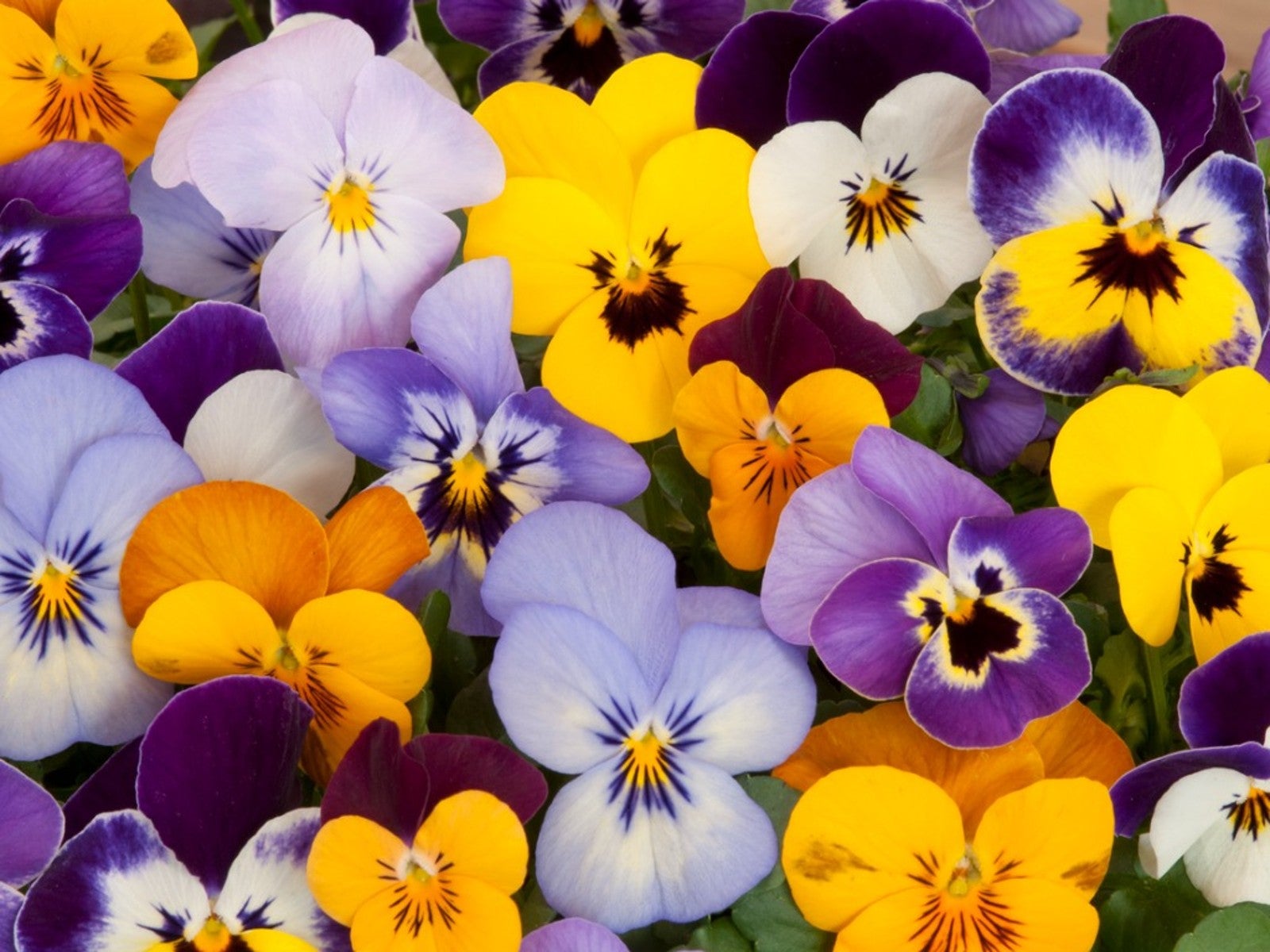 10 Best Pansy Varieties - Growing Beautiful Pansies
10 Best Pansy Varieties - Growing Beautiful PansiesWhile traditional pansies are always a favorite, there are many newer hybrids. Read on for our top 10 pansy varieties.
By Tonya Barnett
-
 Pansy Seed Sowing: Learn How To Plant Pansy Seeds
Pansy Seed Sowing: Learn How To Plant Pansy SeedsGardeners looking to save money often consider starting their own pansy transplants from seed. Though somewhat time consuming, the process is relatively easy, even for inexperienced growers. Learn about the care of seed grown pansies in this article.
By Tonya Barnett
-
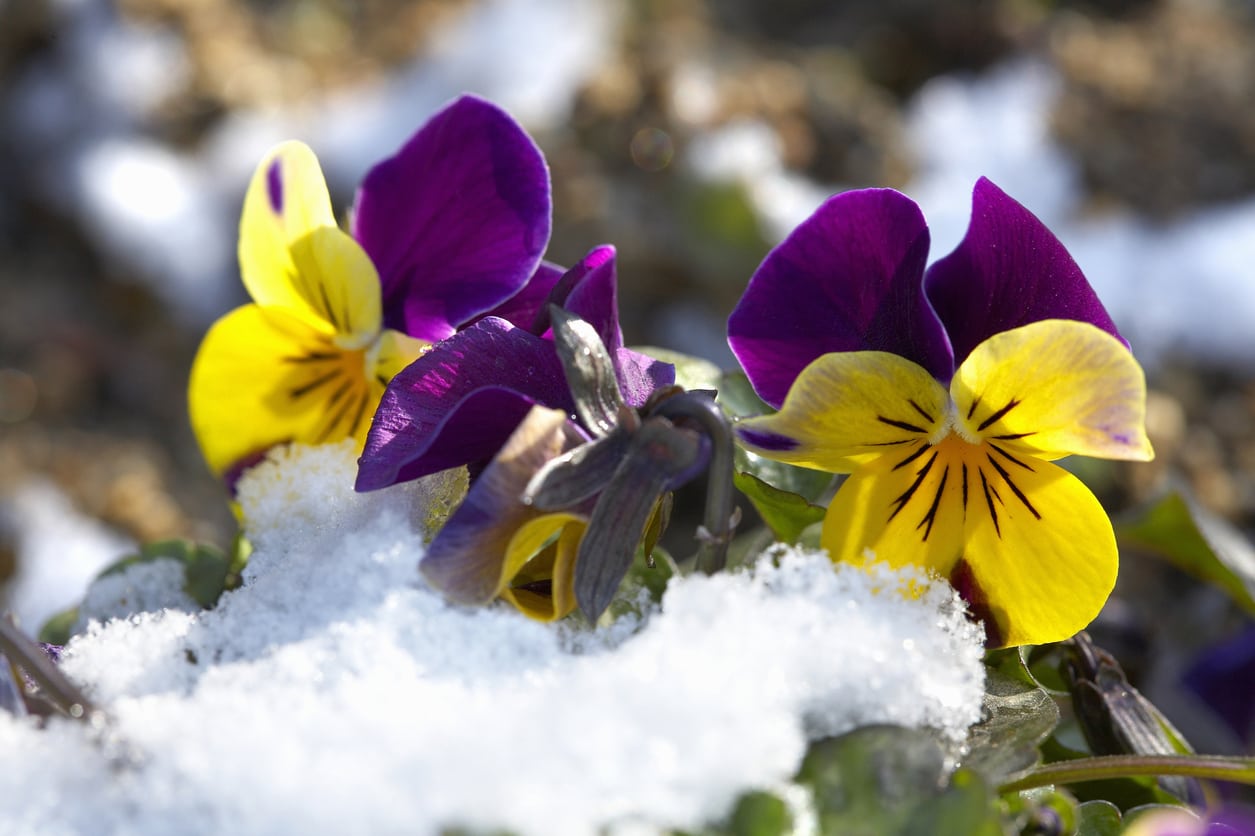 Pansy Winter Care: Tips For Growing Pansies In Winter
Pansy Winter Care: Tips For Growing Pansies In WinterDepending on your climate, pansies can grow beautifully in winter. They are hardy and a bright spot in cold months.
By Mary Ellen Ellis
-
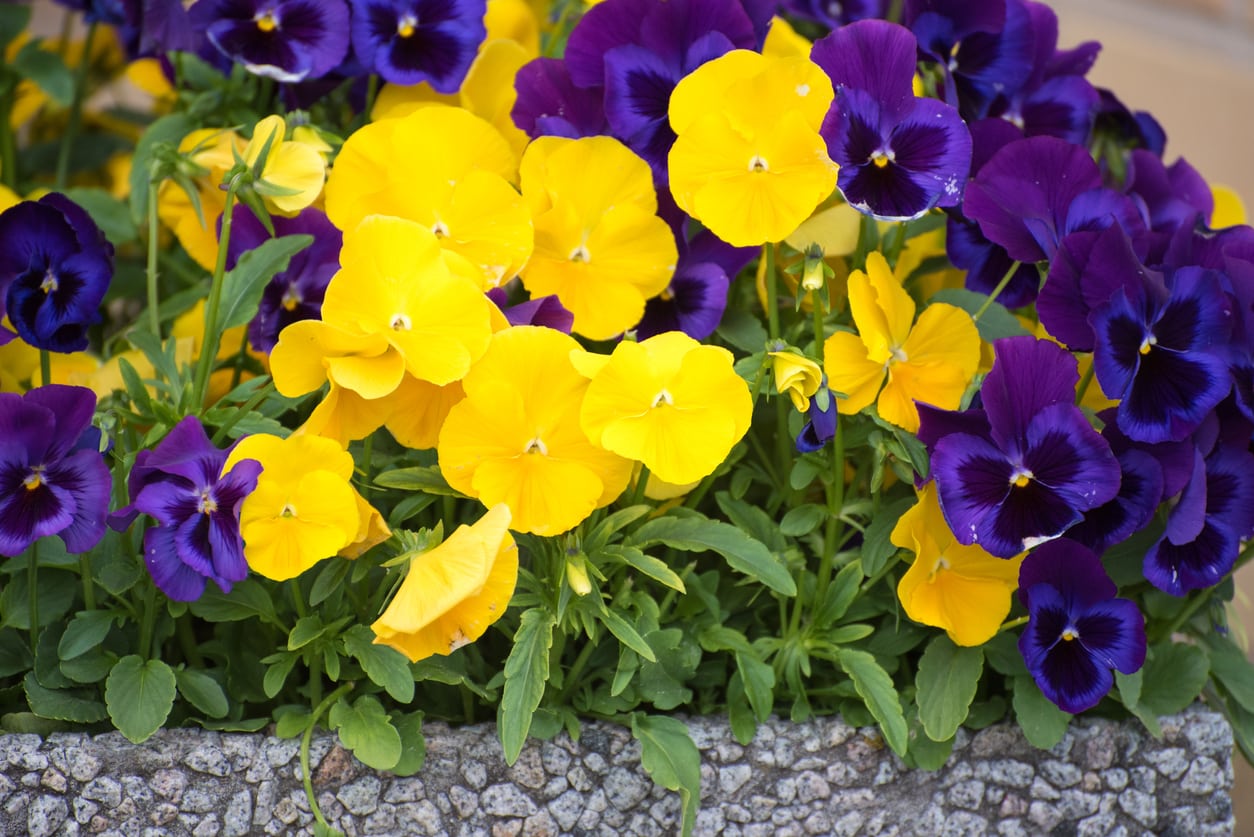 Pansy Bloom Time: When Is Pansy Flowering Season
Pansy Bloom Time: When Is Pansy Flowering SeasonPansies still liven up the flower garden all summer long, but that's not all. These days, with new types of pansies being developed, pansy bloom time can last the whole year through. If you want more information about the pansy flowering season, click this article.
By Teo Spengler
-
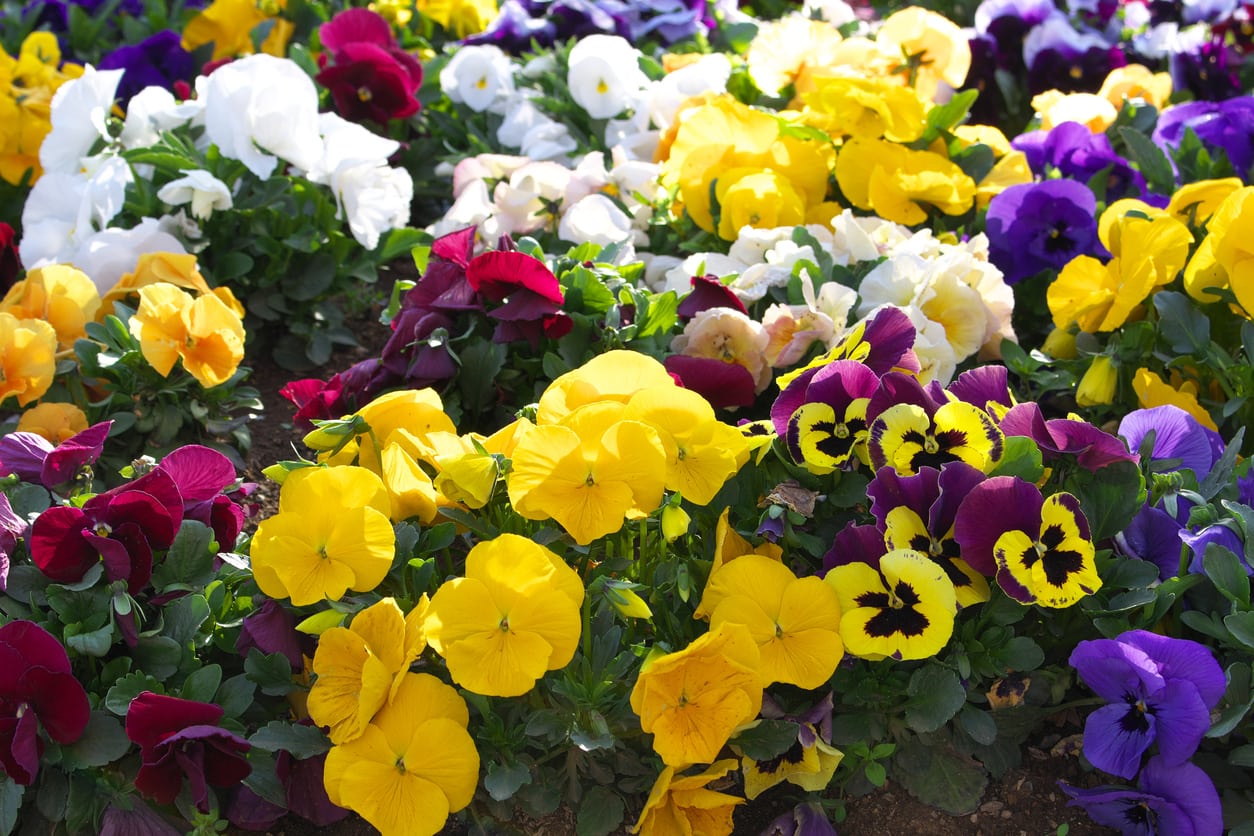 Pansy Plant Types: Selecting Different Kinds Of Pansy Flowers
Pansy Plant Types: Selecting Different Kinds Of Pansy FlowersPansies have been around for centuries, but so many new and fabulous pansy varieties have been developed that they have taken on a whole new aspect in the flower garden. If you want more info on remarkable kinds of pansy flowers, then this article will help.
By Teo Spengler
-
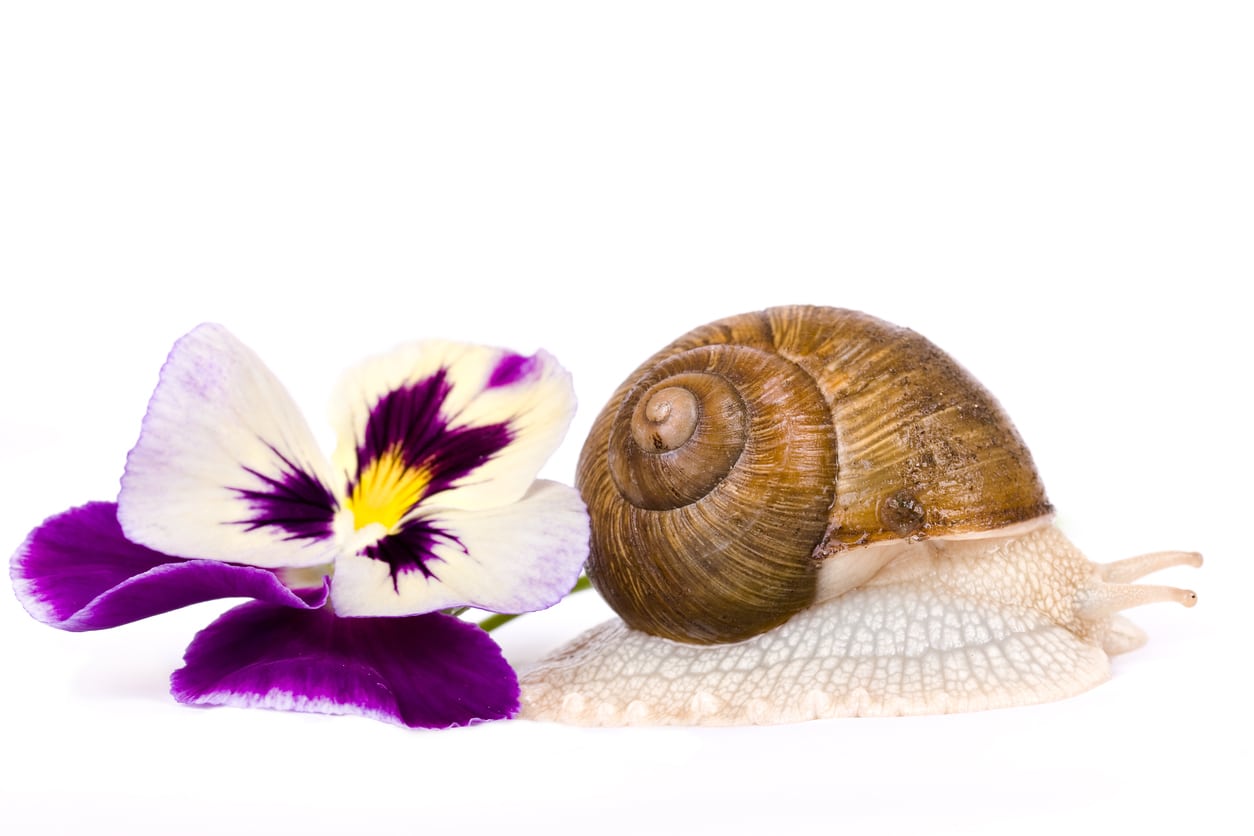 Pansy Pest Problems – Controlling Bugs That Eat Pansies
Pansy Pest Problems – Controlling Bugs That Eat PansiesPansies are very useful flowers. But while these plants are very popular with gardeners, they're just as popular with insects and other pests. Click the following article to learn more about the most common pansy plant pests and how to combat bugs that eat pansies.
By Liz Baessler
-
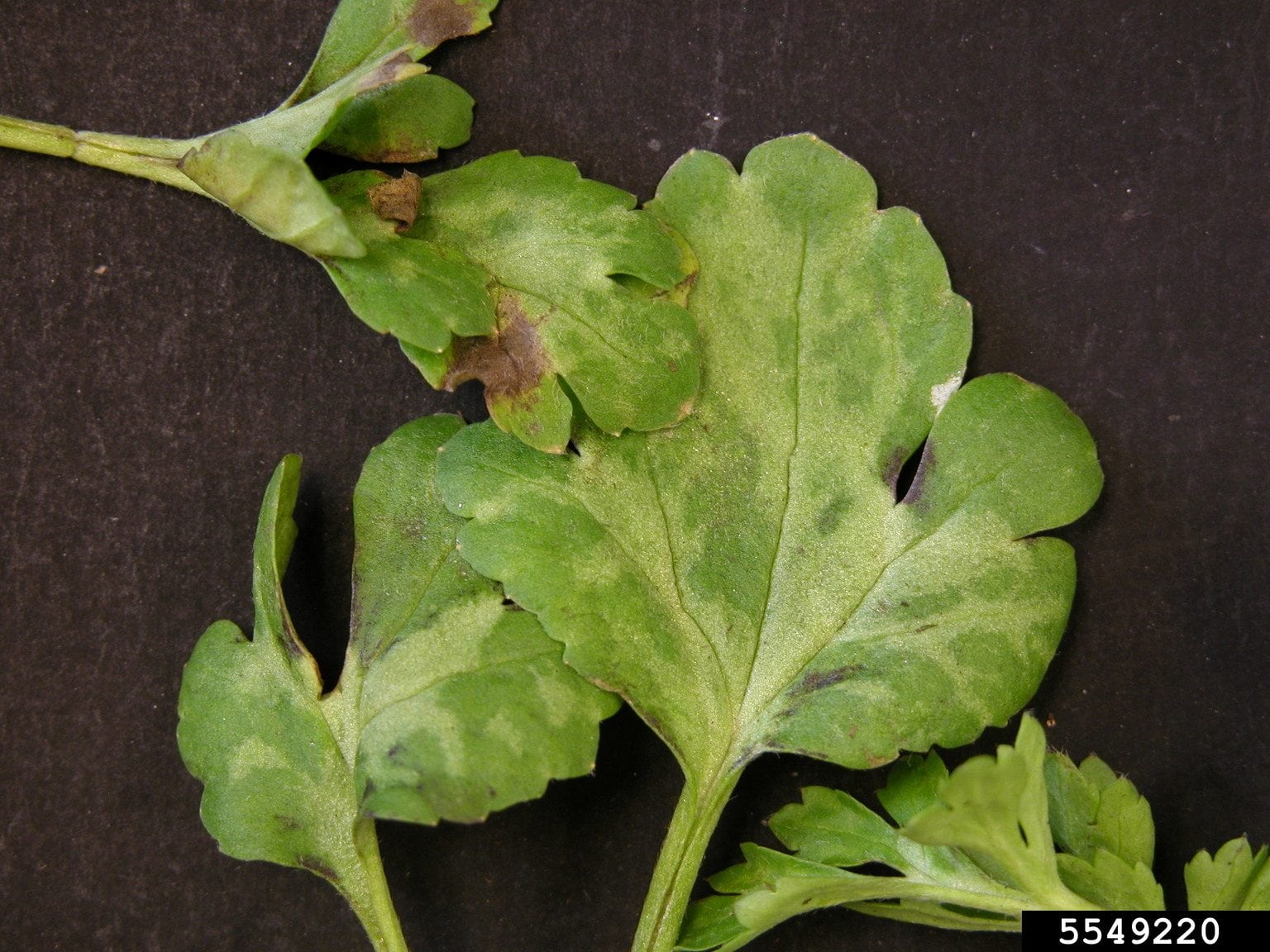 Pansy Leaves Changing Color – Fixes For Pansies With Yellow Leaves
Pansy Leaves Changing Color – Fixes For Pansies With Yellow LeavesVarious diseases may be responsible when pansy leaves are yellowing, but pests or improper fertilization can also cause discolored pansy leaves. Click this article to learn about a few of the most common culprits.
By Mary H. Dyer
-
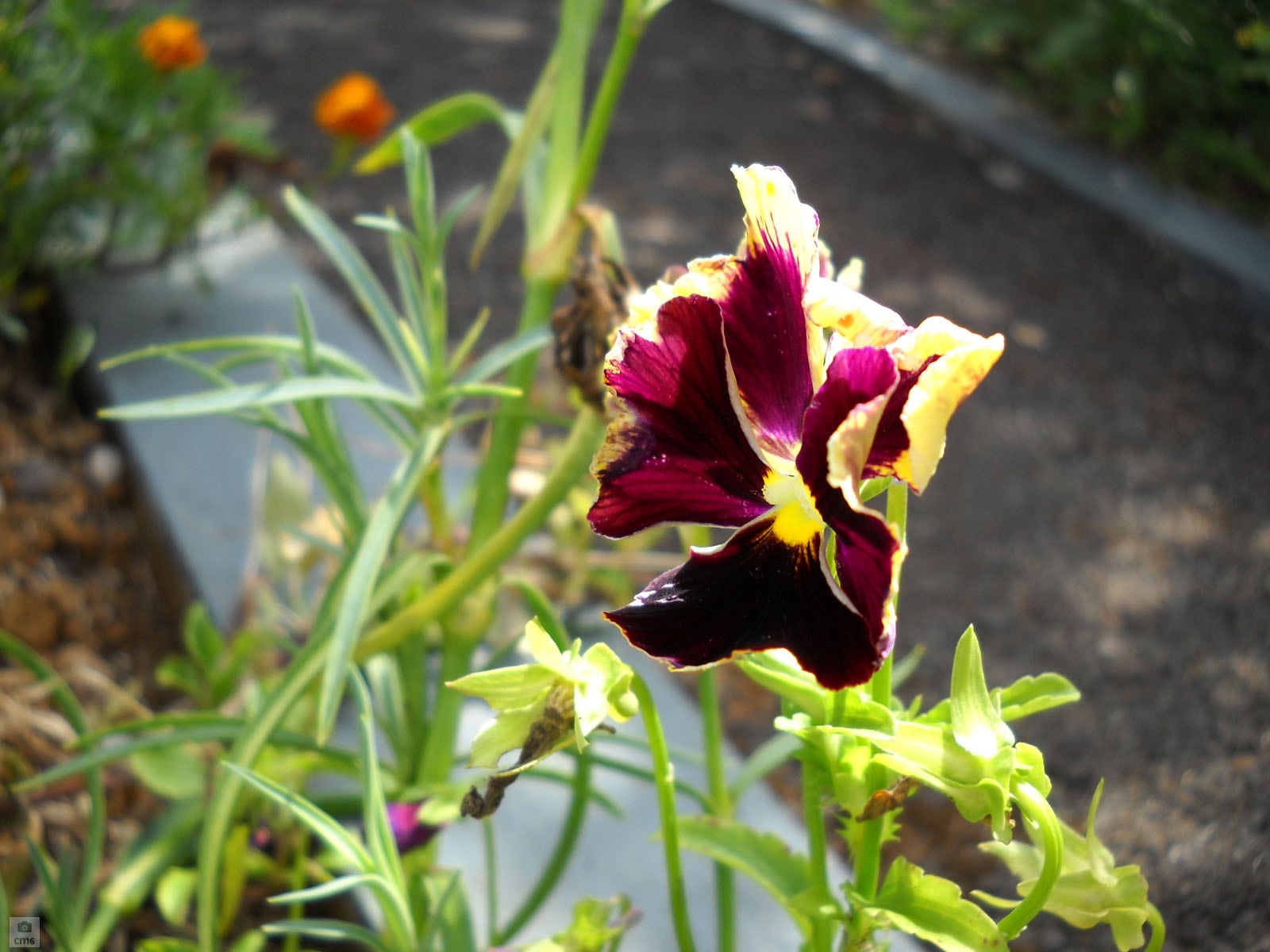 Common Pansy Problems: What’s Wrong With My Pansies
Common Pansy Problems: What’s Wrong With My PansiesBecause pansies thrive in partially shaded areas, they can fall victim to numerous fungal pansy plant issues. If you've found yourself wondering what's wrong with my pansies, click this article for more information on common problems with pansies.
By Darcy Larum